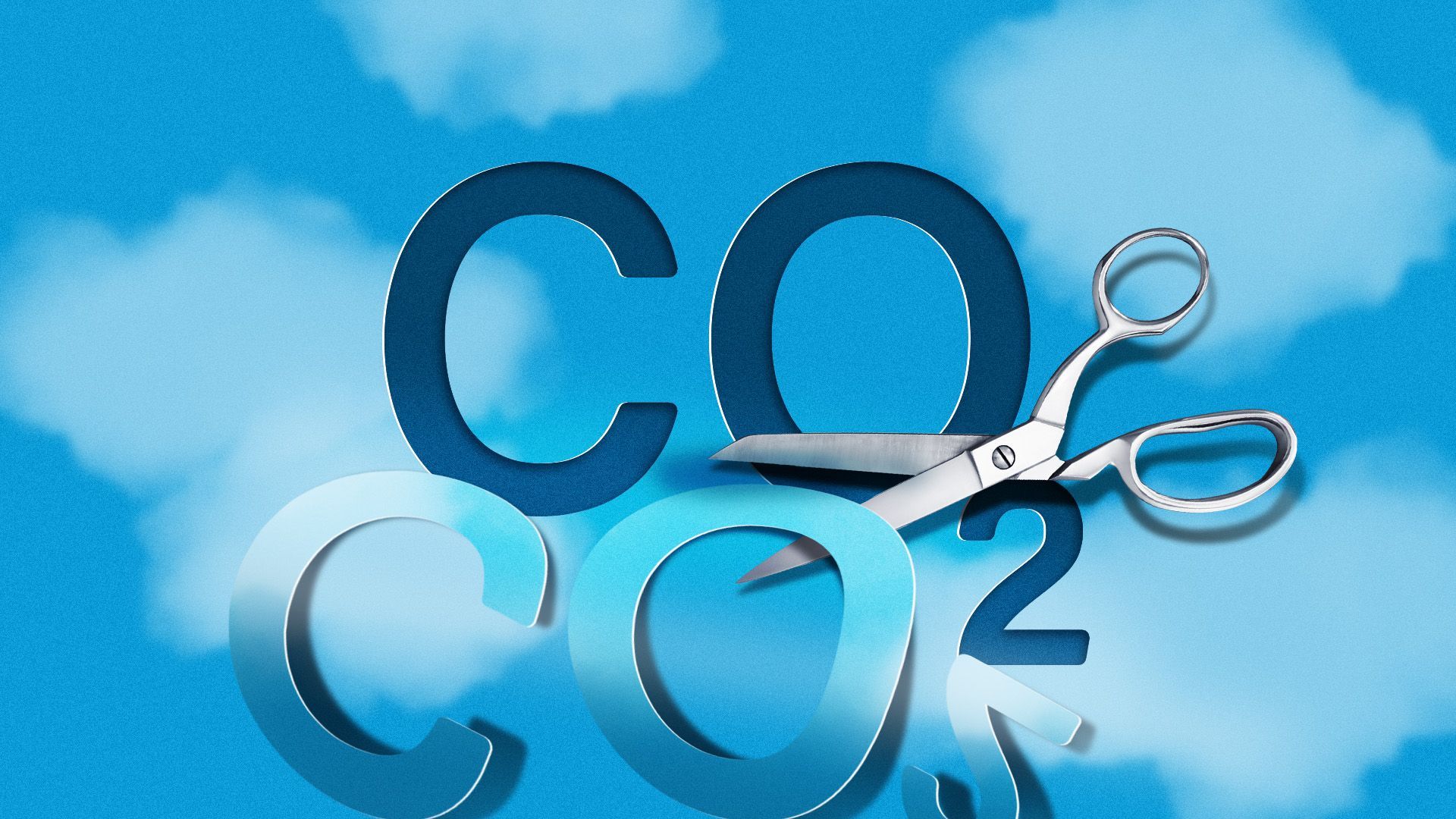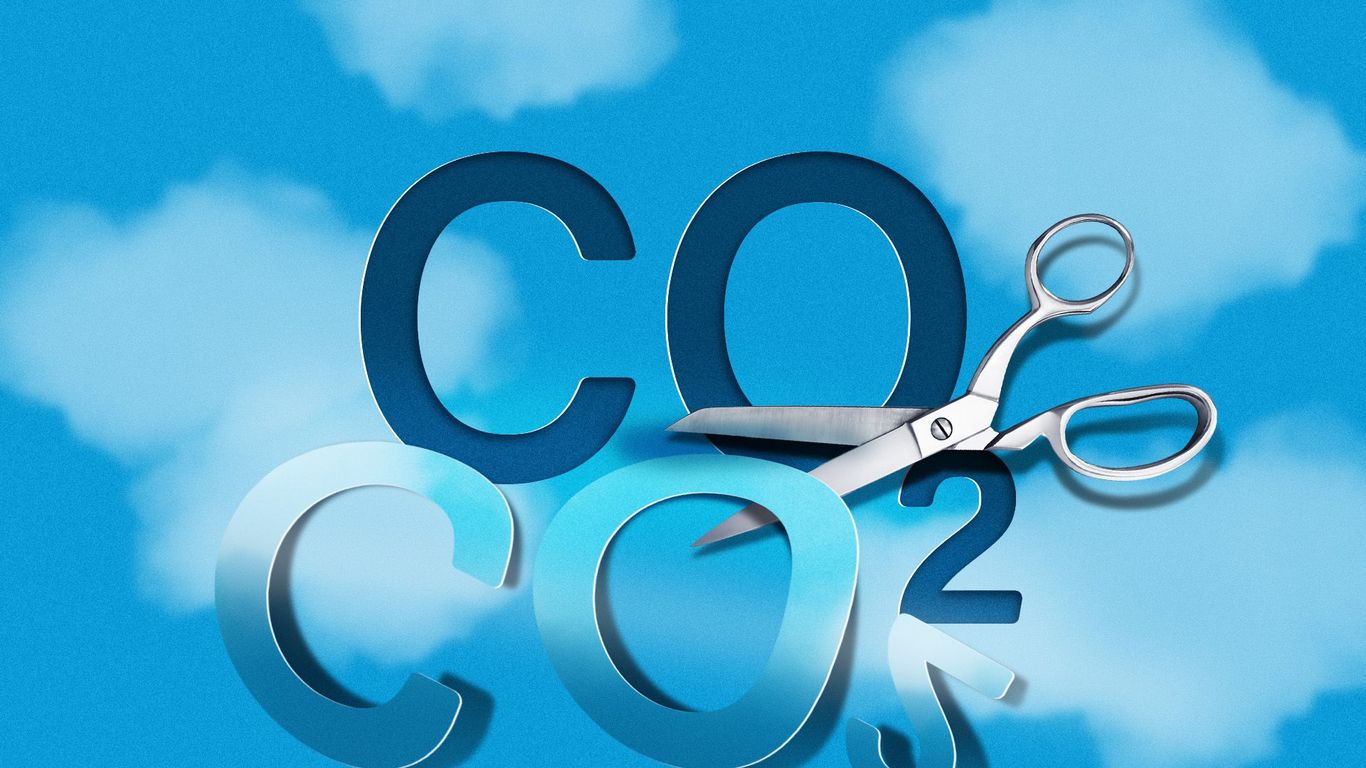
The Biden administration has announced the strongest pollution standards for heavy-duty vehicles such as buses, commercial vans and freight trucks. The new rules are designed to reduce emissions from these vehicles on roads and highways, impacting our communities and kids. By 2030s EPA modeling predicts between 12-25% of the biggest freight trucks on the road will be zero-emissions vehicles for smaller classes like beverage or dump trucks it could be closer to 40%. The rule is technology neutral, meaning vehicle manufacturers can meet regulatory timeline in a variety of ways including advanced internal combustion engine vehicles, hybrid vehicles, plug-in hybrid electric vehicles and hydrogen fuel cell vehicles. Medium and heavy-duty trucks play an outsized role: They represent about 5% of the overall vehicle fleet but contribute about 20% of total transportation climate pollution. The trucking industry has been split on the new rules with some manufacturers like Ford and Cummins supporting it while several industry groups have voiced concerns about meeting regulatory timeline.



